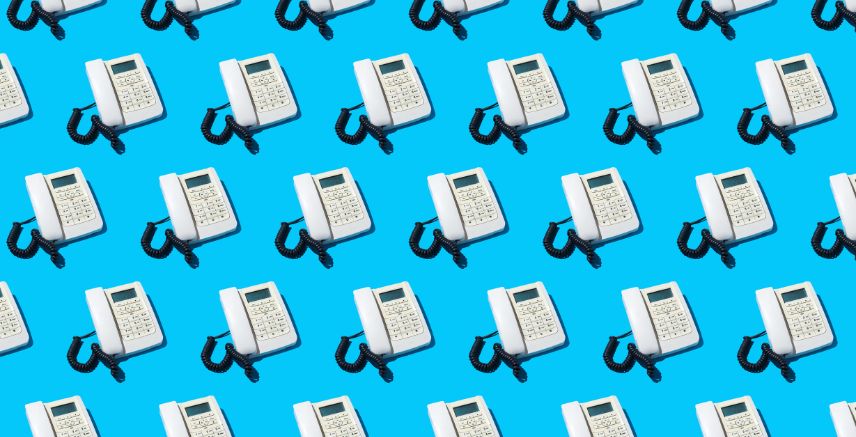A Simple Guide for Seniors
Many seniors have trouble hearing clearly during phone calls. This can be frustrating and leave you feeling like you’re alone. Fortunately, you don’t have to give up staying in touch. Free caption phone programs can make calls much easier by showing the words the other person says as text on a screen, in real time. These phones help you stay connected with family, manage appointments and handle daily tasks with confidence. Here’s a simple step-by-step guide to see if you qualify and how to get one.
Step 1: Show That You Have Hearing Loss
To qualify, you must show that hearing loss makes it hard to use a normal phone. You can do this by either providing a doctor’s form or self-certifying. Some providers ask for a short form signed by a doctor, audiologist or hearing specialist confirming your hearing loss. Others let you fill out a form yourself, saying that you find regular phone calls difficult.
Even if your hearing loss isn’t severe, you might still qualify, especially if you often ask people to repeat themselves or miss parts of conversations. These programs are meant to help anyone who needs captions to communicate better.
Step 2: Make Sure You Live in the US or a US Territory
Free caption phone programs are paid for through federal funds, so they’re only available to people living in the United States or its territories. To apply, you’ll need to show proof of your address by providing a recent utility bill or lease agreement, a government-issued ID showing your address, a bank statement or a piece of official mail with your name and address. This step confirms that you meet the program’s basic residency requirements.
Step 3: Have Internet Access at Home
Most caption phones work through the internet using something called internet protocol (IP) captioning. This allows the spoken words to appear on your phone screen almost instantly. If you already have Wi-Fi or broadband at home, you’re good to go. If you only have a landline and no internet, ask if the company offers a caption phone that works without it.
Step 4: Be Able to Read English
Most caption phone programs currently provide captions in English only. You’ll need to read English well enough to follow the text on the screen. If English isn’t your first language, ask the provider if they have any translation or multilingual options available.
Step 5: Choose a Provider and Apply
Once you’ve gathered your documents, it’s time to pick a company and apply. Each provider has its own process, but all of them offer caption phones free to qualified users. During the application, you’ll usually fill out a short eligibility form, provide proof of hearing loss and residency, confirm your internet setup and language preference and arrange for delivery or installation. Many companies offer free installation and will show you how to use the phone, adjust text size and connect it to your existing number.
Trusted Companies That Offer Free Caption Phones
Here are some of the most trusted companies that provide free caption phones to those who meet eligibility.
1. Hamilton CapTel
Hamilton CapTel has a long history of helping people with hearing loss. Their caption phones feature adjustable text size and contrast for better visibility. Many users like Hamilton CapTel because their phones are dependable and easy to use.
2. ClearCaptions
ClearCaptions provides fast, real-time captioning with clear, easy-to-read text. The phones are designed for simplicity and accuracy, so you won’t miss important details during calls.
3. CaptionCall by Sorenson
CaptionCall is one of the most well-known providers. Their phones display spoken words in real time on a large screen, making it easier to follow conversations. They offer free installation and friendly customer support to help you get started.
4. InnoCaption
If you prefer using a mobile phone, InnoCaption is a great choice. It’s a free smartphone app that provides live captions for both incoming and outgoing calls. It works on iPhones and Androids and uses a mix of speech recognition and human captioners for accuracy.
If hearing loss has made phone calls frustrating, a caption phone can help you reconnect and communicate clearly again. They’re free for those who qualify, simple to set up and designed to make conversations effortless. With a caption phone, you can stay in touch with friends and family without worrying about missing a word.
Keep reading for more information on free and low-cost phone options for seniors.
